Acrylic vs Glass as an Aquarium Material
MATERIAL
Glass
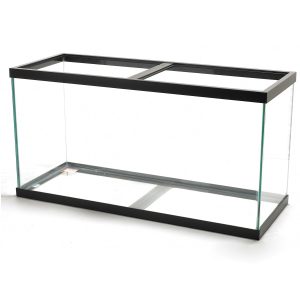
Glass Tank
- Cheaper per gallon
- Hard to scratch (and thus easy for cleaning off algae)
- Any scratches obtained are permanent
- Higher index of refraction (distorts more when viewed from an angle)
- The empty tank is heavier than an acrylic tank
- The tank stand only needs to support the edges
- Fragile
Acrylic
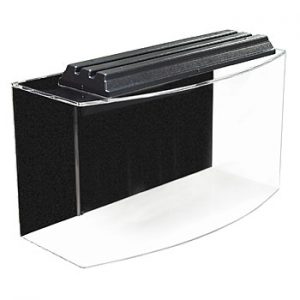
Acrylic Tank
- More expensive per gallon
- Easy to scratch (difficult to scrape algae away)
- Any scratches obtained are permanent
- Lower index of refraction (distorts less when viewed from an angle)
- The empty tank weighs less than the same-sized glass tank
- The stand needs to support the entire base of the tank, not just the edges
- Harder to break
HEIGHT
SIZE
- With a larger tank, you will have less trouble keeping the water chemistry stable. Since smaller tanks have less water, a small chemical change can cause a big change in water quality. Since discus are highly sensitive, you want a larger tank so that if water quality deteriorates, your discus are less likely to be harmed.
- You don’t need double the time to change the tank’s water. When doing regular partial water changes, you usually only need one more bucket of water for a larger tank versus a smaller tank.
- Larger tanks allow you to safely add more fish.
- The number of fish a tank can hold depends on the tank’s volume as well as its shape. You need to take surface area into account when figuring out how many fish you can keep in your tank. If you have mostly bottom-dwelling fish, doubling your tank height won’t allow you to add more bottom feeding fish. You would need a longer tank for this.
- Start with at 20 gallon (or larger) tank. A 20 gallon aquarium is a good first tank size. You definitely want to avoid tanks smaller than 10 gallons, which are simply too small for maintaining a healthy environment.
BUYING OPTIONS
QUESTIONS
- What varieties of discus tanks are you most interested in?
- How many discus do you plan to fit inside your aquarium?
- Do you want to have large discus?
- Why is a wide tank better for discusqu than a tall one?

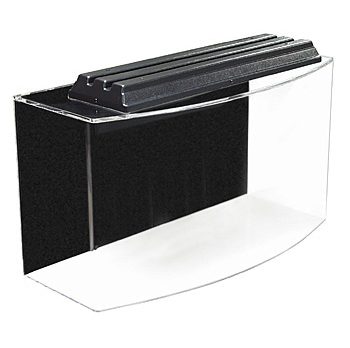
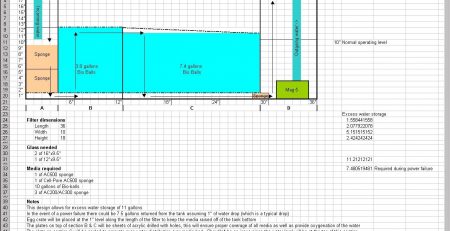
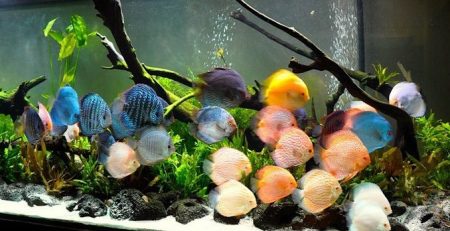
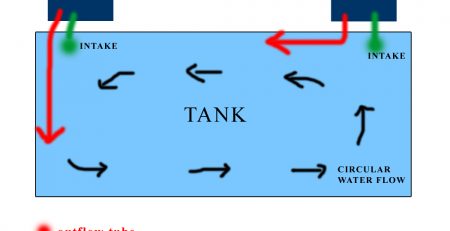
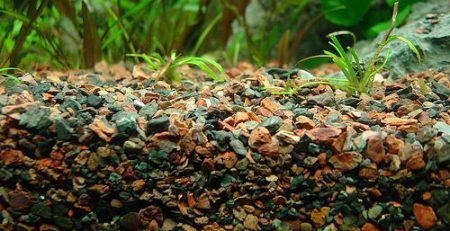
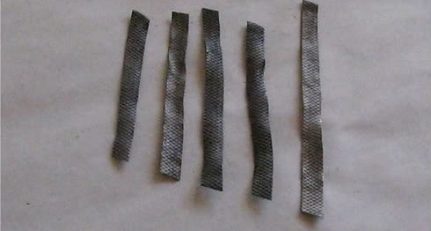
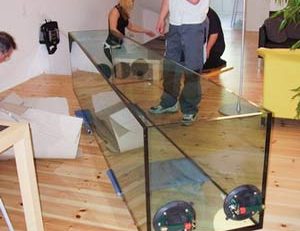

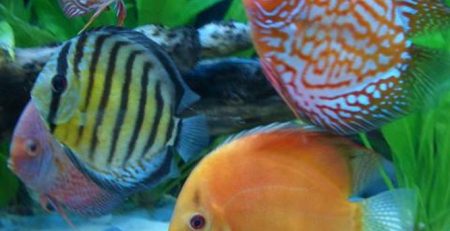
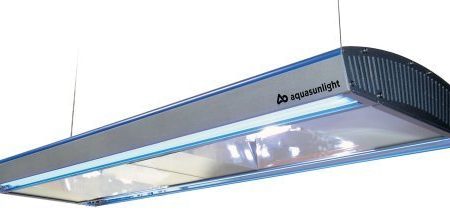
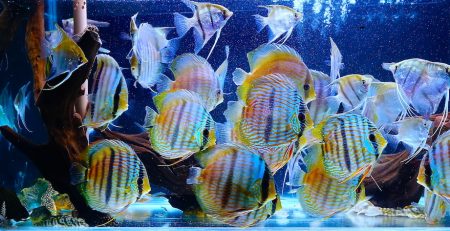
Leave a Reply
You must be logged in to post a comment.